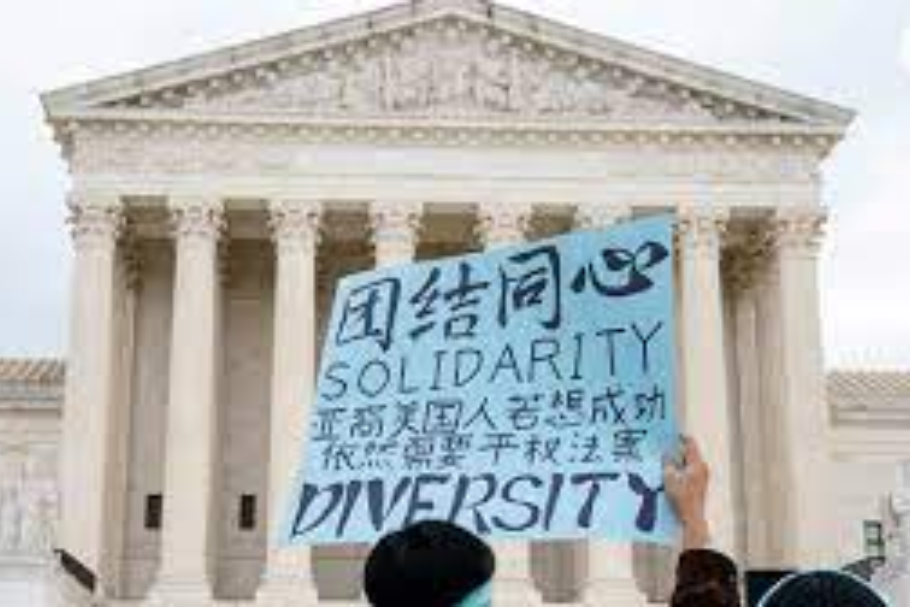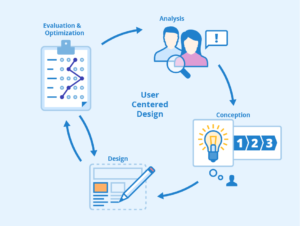Exploring Workplace Diversity, Equity, and Inclusion: Analyzing the Influence of the Supreme Court’s Affirmative Action Ruling

Exploring Workplace Diversity, Equity, and Inclusion Analyzing the Influence of the Supreme Court's Affirmative Action Ruling
Introduction
Exploring Workplace Diversity, Equity, and Inclusion
In June 2023, the Supreme Court handed down a landmark decision on affirmative action, sparking discussions and debates across the nation. As workplaces continue to strive for diversity, equity, and inclusion (DEI), this ruling is poised to have a significant impact on how companies approach their hiring and diversity initiatives. In this blog, we will explore four ways the Supreme Court’s affirmative action decision could influence workplace DEI efforts and shed light on the importance of fostering an inclusive work environment.
Shaping Hiring Practices
The Supreme Court’s affirmative action decision could lead to a reevaluation of hiring practices in the corporate world. Affirmative action has historically allowed employers to consider race and ethnicity as one of many factors in hiring decisions to address historic inequalities and promote diversity. However, the ruling may alter the scope of permissible considerations, potentially affecting how companies implement diversity programs.
In response to the decision, workplaces may need to place greater emphasis on socioeconomic status, educational background, and other factors that can contribute to a diverse workforce. Additionally, organizations might intensify their efforts to create more inclusive recruitment strategies, focusing on reaching underrepresented communities and cultivating pipelines for diverse talent.
Impact on Diversity Initiatives
Many companies have established robust diversity initiatives to address disparities and foster inclusive workplaces. The Supreme Court’s decision could prompt businesses to reassess the scope and nature of these programs to ensure they align with the new legal landscape. Employers might pivot towards more race-neutral approaches, emphasizing diversity as a multifaceted concept encompassing not only race and ethnicity but also gender, sexual orientation, abilities, and other dimensions of diversity.
Furthermore, organizations could invest in data-driven diversity tracking systems to demonstrate their commitment to fair hiring practices and create transparency around their DEI efforts. By focusing on tangible results and measurable progress, workplaces can continue to strive towards a more inclusive environment.
Enhancing Training and Education
In light of the Supreme Court’s decision, companies may intensify their efforts to educate their employees on the importance of DEI and its connection to business success. Education and training initiatives can create a shared understanding of diversity, equity, and inclusion, fostering empathy, respect, and cultural competence among the workforce.
Workplace training programs can also focus on implicit biases and how they may impact hiring decisions and day-to-day interactions. By addressing these biases, employees can become more conscious of their actions and contribute to Creating a work environment that embraces and respects the diverse viewpoints and life experiences of every individual.
Cultivating a culture of inclusive leadership
The Supreme Court’s affirmative action decision could serve as a catalyst for cultivating inclusive leadership within organizations. Inclusive leaders prioritize fairness, equity, and representation, actively working to empower and uplift their diverse teams. These leaders serve as advocates for underrepresented groups and ensure that all voices are heard and valued in the decision-making process.
To nurture inclusive leadership, organizations can provide leadership development programs that emphasize emotional intelligence, empathy, and cultural awareness. Investing in diverse leadership pipelines and promoting individuals from underrepresented backgrounds to executive positions can also signal a commitment to fostering an inclusive leadership culture.
Conclusion
The Supreme Court’s affirmative action decision has the potential to reshape workplace DEI efforts, influencing hiring practices, diversity initiatives, training programs, and leadership development. As companies navigate this new landscape, it is crucial to remember that fostering an inclusive work environment is not just a legal requirement but also a fundamental driver of innovation, productivity, and employee satisfaction.
By embracing diversity as a multifaceted concept, investing in data-driven diversity tracking, providing education and training, and nurturing inclusive leadership, organizations can create a workplace where individuals from all backgrounds feel valued, empowered, and able to contribute their unique talents to the collective success of the company. Embracing diversity, equity, and inclusion is not only a matter of compliance; it is the cornerstone of a thriving and resilient workforce in today’s dynamic and interconnected world.
For More Related Articles Browse Our Website Blogster.pk
For social Connection You can also Visit and follow our Social media Platforms
Facebook , Instagram, Linkedin, Pinterest, Quora, Twitter, Youtube.








